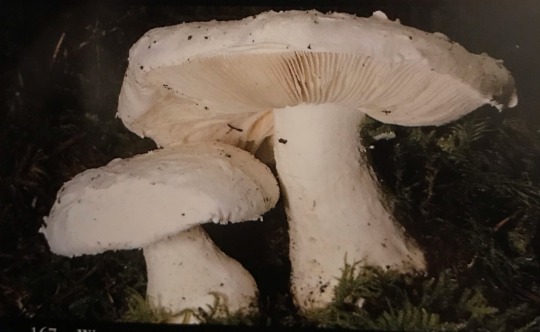#coker's amanita
Text

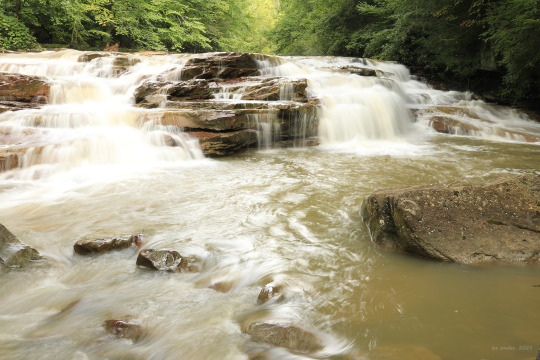


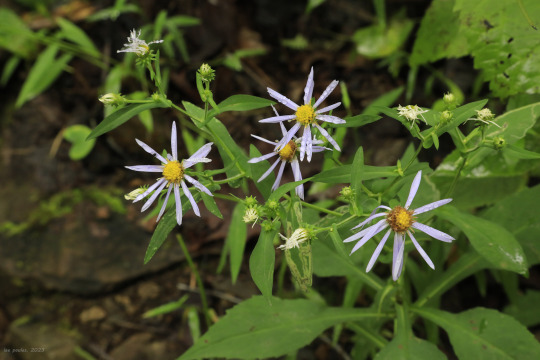
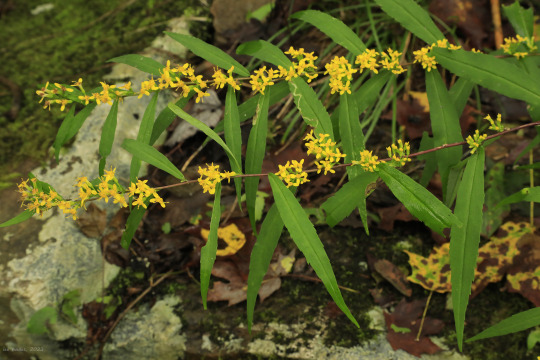
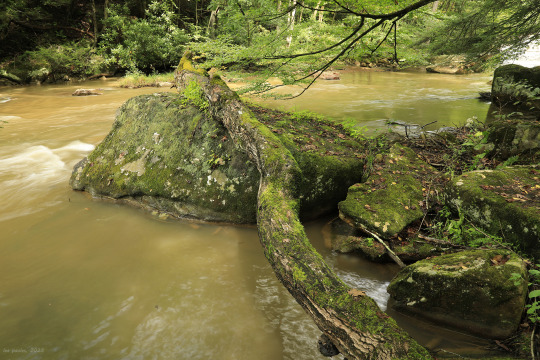
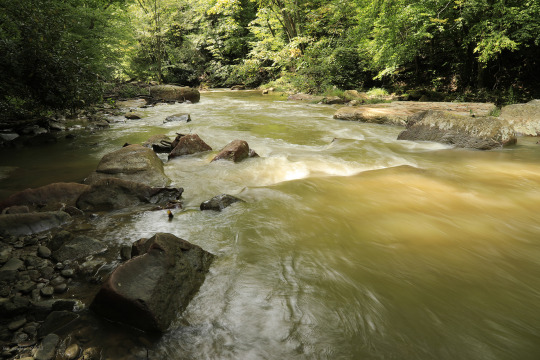
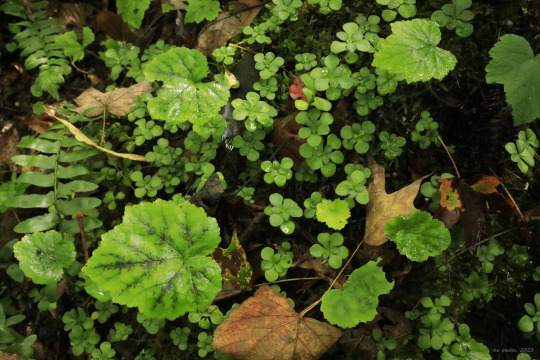

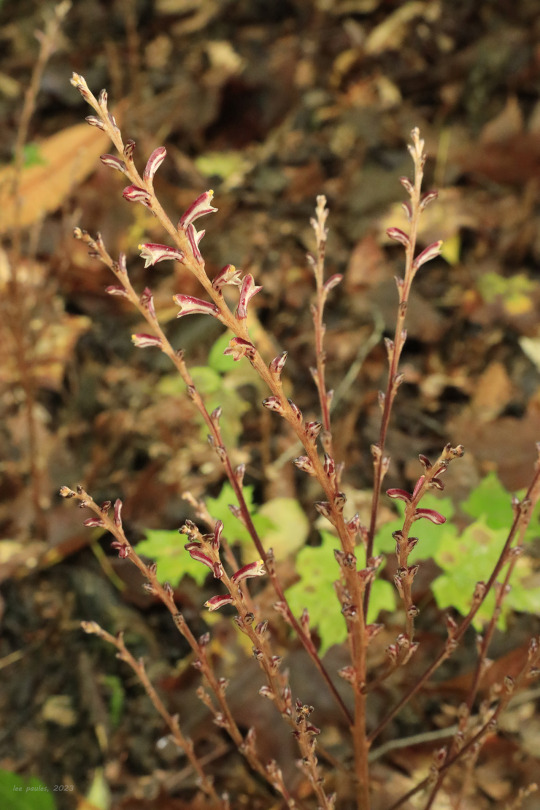
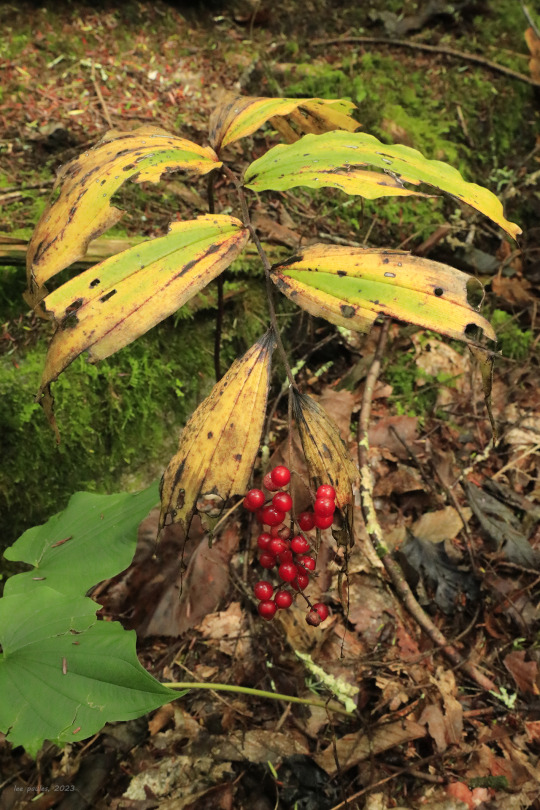
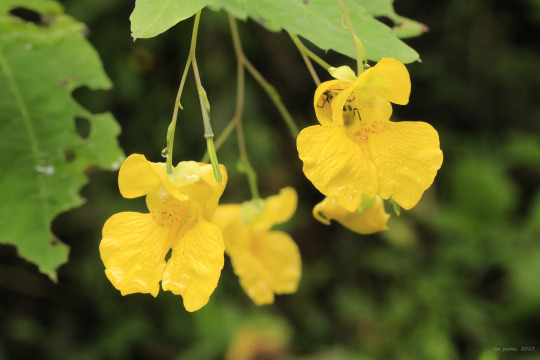
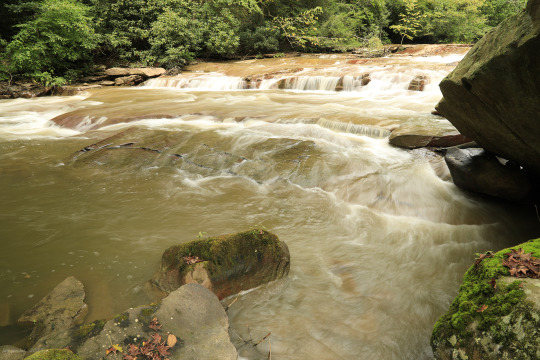

Despite its undignified name, Muddy Creek is a lovely mountain stream that normally runs fast and clear on its steep descent to Cheat River. But after a week of heavy rain in NC-WV, the stream looked a bit murky yesterday. Not even the sediment washing away from the mountains dims its beauty in my eyes. And the enchanting, moss-encrusted forest along its bank holds its own late summer treasures.
From top: great blue lobelia (Lobelia siphilitica), which pairs beautifully with cardinal flower to provide late summer color in a native wildflower garden; white wood aster (Eurybia divaricata), which is the most common of the shade-loving white asters in this area; crooked-stemmed aster (Symphyotrichum prenanthoides), also known as zigzag aster, whose clasping, spatula-shaped leaves distinguish it from big-leaf aster, another woods-loving aster with lavender flowers; blue-stemmed goldenrod (Solidago caesia), whose spreading, yellow-flowered stems provide stunning late-season color in a native wildflower garden; an intensely-green collage of moss, woodland stonecrop (Sedum ternatum), Christmas fern (Polystichum acrostichoides) and heartleaf foamflower (Tiarella cordifolia), which I am trying hard to reproduce in my own native wildflower shade garden; the shaggy-maned stem of Coker's Amanita (Amanita cokeri), one of the most impressive mushrooms of Appalachia's summer forests; beech-drops (Epifagus virginiana), a parasitic plant that grows and subsists on beach tree roots; the bright red berries of false Solomon's seal (Maianthemum racemosum); yellow jewelweed (Impatiens pallida), whose explosive seed pods give the plant its other common name, pale touch-me-not; and narrow-leaved tick-trefoil (Desmodium paniculatum), also known as panicled tick-trefoil, a late summer pea whose sticky seed pods commonly hitch rides on shoes and boots.
#appalachia#vandalia#west virginia#wildflowers#flora#summer#muddy creek#cheat river#preston county#fungi#coker's amanita#great blue lobelia#white wood aster#crooked-stemmed aster#zigzag aster#blue stemmed goldenrod#woodland stonecrop#christmas fern#heartleaf foamflower#beech-drops#beech drops#false solomon's seal#solomon's plume#yellow jewelweed#pale touch-me-not#narrow-leaved tick-trefoil#panicled tick-trefoil#falls#rapids#mountain stream
103 notes
·
View notes
Text


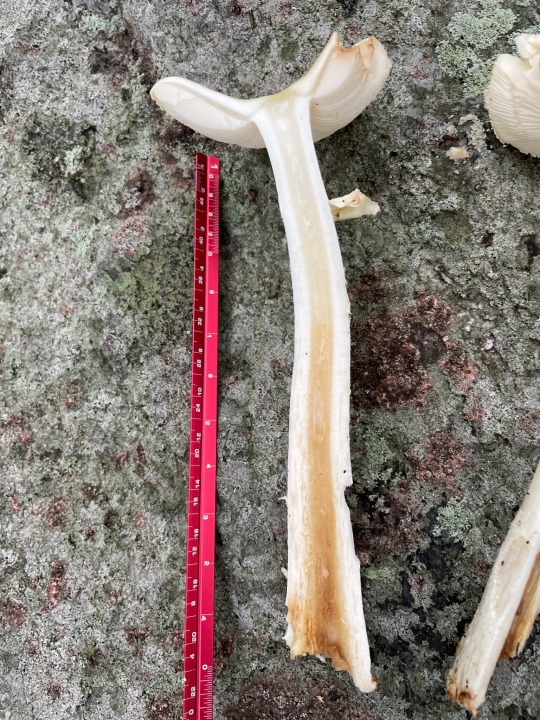


Coker’s Lavender Staining Amanita (Boston, MA)
>> Amanita citrina f. lavendula
Mycorrhizal fungi with hardwoods and cedars, found growing out of ground in mixed forest near an oak tree
Often mistaken for Destroying Angels
Observed on: September 30, 2023
#boston#fungi#mushroom hunting#mushrooms#mycology#wild fungi#fungi photography#false death cap#Coker’s lavender staining Aminata#autumn
10 notes
·
View notes
Text
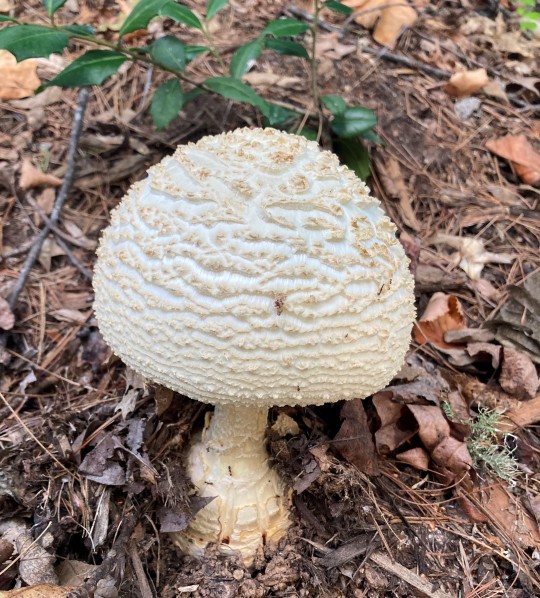
Coker's amanita (Amanita cokeri)
0 notes
Photo
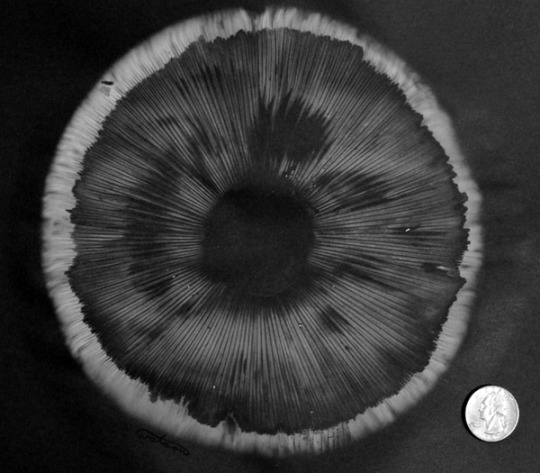
Coker’s Amanita ( Amanita cokeri )
#Coker's Amanita#Amanita#spore print#mushroom#fungi#mycology#nature study#nature#woods#forest#study#hw#watson#Amanita cokeri
51 notes
·
View notes
Photo

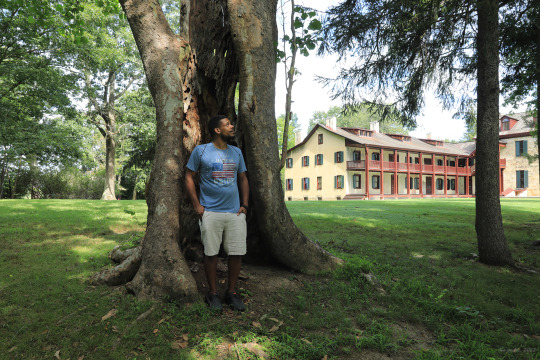
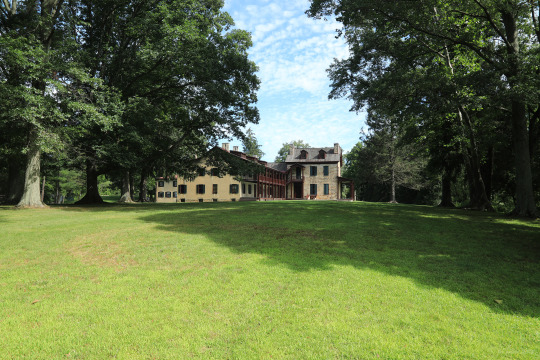
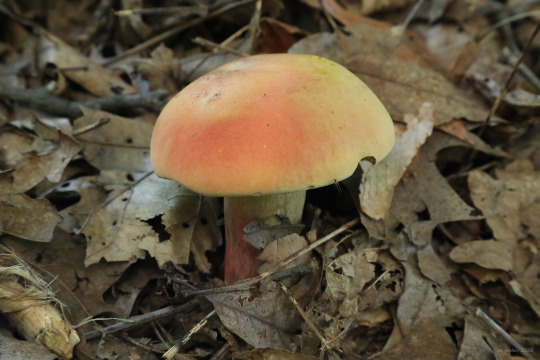

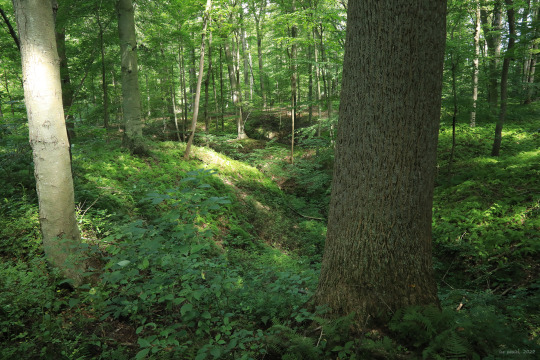


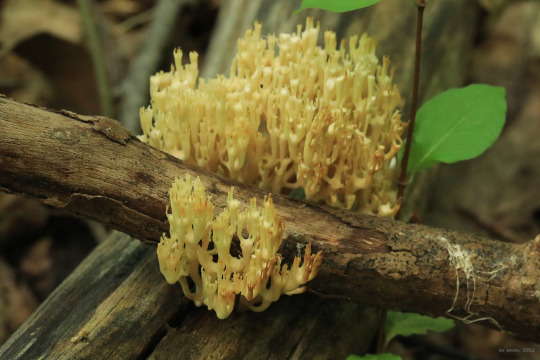

Part 2 of 2: Friendship Hill National Historical Site protects the vast, sprawling estate of Albert Gallatin, a Swiss-American entrepreneur and politician sometimes referred to as America’s forgotten founding father. Gallatin purchased the land for his estate in 1785, when the Allegheny Plateau represented the westernmost frontier of the United States. The full histories of the site and Albert Gallatin can be found here. Today, the estate, perched on a idyllic wooded bluff overlooking the Monongahela River to the west and the Chestnut Ridge to the east, is administered by the National Park Service as part of the Fort Necessity National Battlefield.
#appalachia#vandalia#pennsylvania#fayette county#allegheny plateau#monongahela river#friendship hill national historic site#fort necessity national battlefield#historical sites#human history#natural history#national park service#albert gallatin#flora#fungi#summer#Lanmaoa pseudosensibilis#boletus pseudosensibilis#amanita cokeri#coker's amanita#tipularia discolor#cranefly orchid#crippled cranefly orchid#artomyces pyxidatus#crown-tipped coral#spiraea tomentosa#hardhack#steeplebush
40 notes
·
View notes
Photo
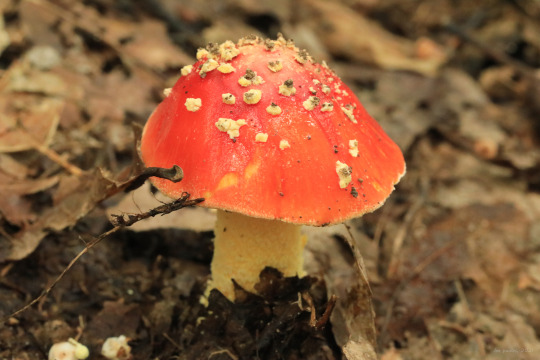


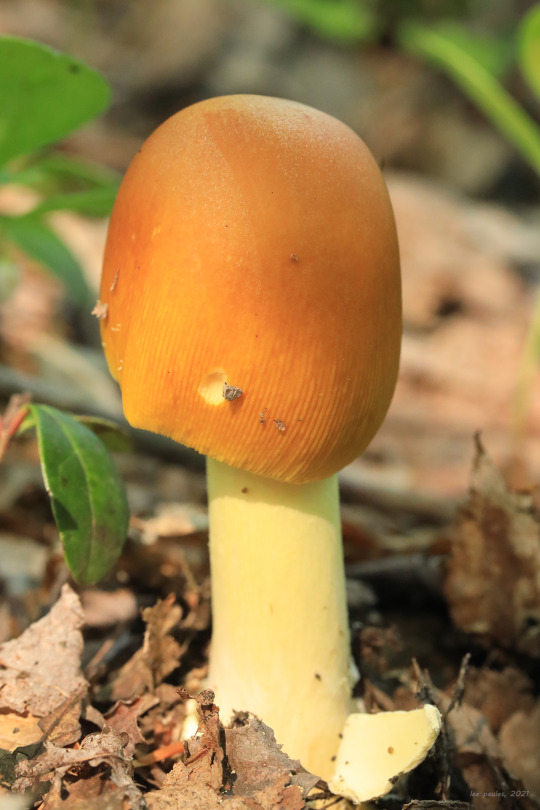
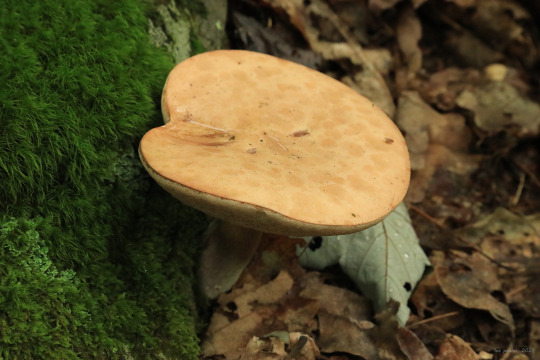
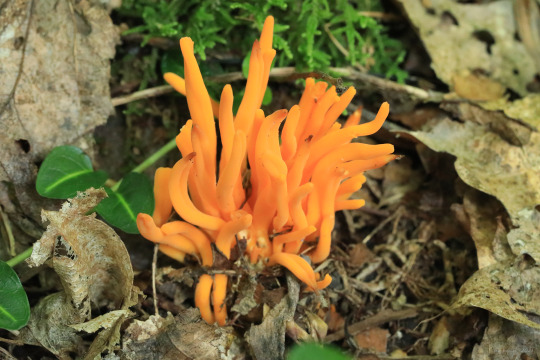

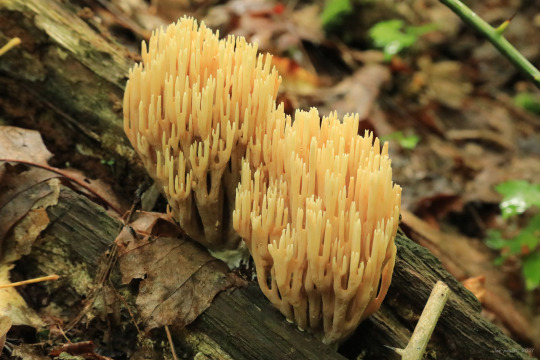
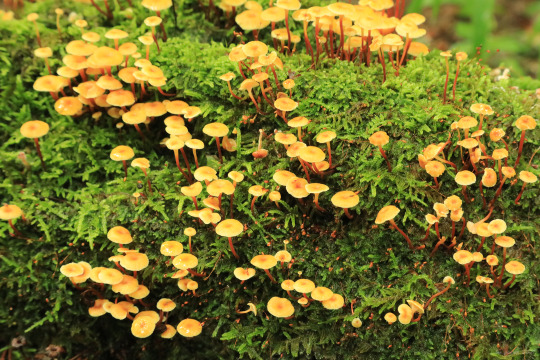

Above is a small sampling of Appalachia’s rich diversity of summer forest fungi. From top: Fly agaric (Amanita muscaria); Appalachian chanterelle (Cantharellus appalachiensis); coker’s amanita (Amanita cokeri); yellow dust amanita (Amanita flavoconia); bitter bolete (Tylopilus felleus) - as near as I can tell based on the brown, netlike pattern on the stalk; orange coral mushroom (Clavulinopsis laeticolor), a.k.a. handsome club fungus; golden spindles (Clavulinopsis fusiformis), a.k.a. yellow spindle coral mushroom; crown-tipped coral mushroom (Artomyces pyxidatus); orange moss agaric (Rickenella fibula); and the sickener (Russula emetica), a.k.a. emetic russula.
#appalachia#vandalia#west virginia#summer#fungi#fungus#mushroom#amanita cokeri#coker's amanita#amanita muscaria#fly agaric#cantharellus appalachiensis#appalachian chanterelle#chanterelle#amanita flavoconia#yellow dust amanita#tylopilus felleus#bitter bolete#clavulinopsis laeticolor#orange coral mushroom#handsome club fungus#clavulinopsis fusiformis#golden spindles#yellow spindle coral mushroom#artomyces pyxidatus#crown-tipped coral#rickenella fibula#orange moss agaric#russula emetica#emetic russula
346 notes
·
View notes
Photo
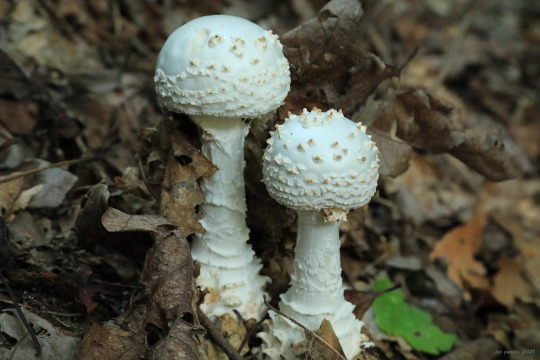
Coker’s Amanita (Amanita cokeri) is the most perfectly gorgeous mushroom imaginable, especially when it grows in pairs. These two are new sprouts. As the mushroom matures, the cap expands and flattens and the tissue-like veil on the stem becomes more pronounced. Fully grown, it is the grandest mushroom of the mid-Atlantic temperate forests. Photo taken in the old hemlock woods at the West Virginia Botanic Garden.
#appalachia#vandalia#west virginia#summer#fungi#mushroom#amanita cokeri#coker's amanita#west virginia botanic garden
147 notes
·
View notes
Photo

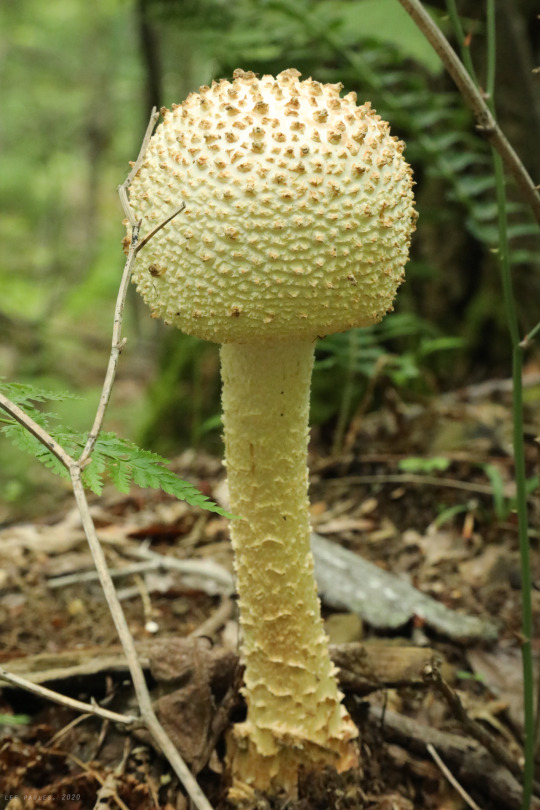

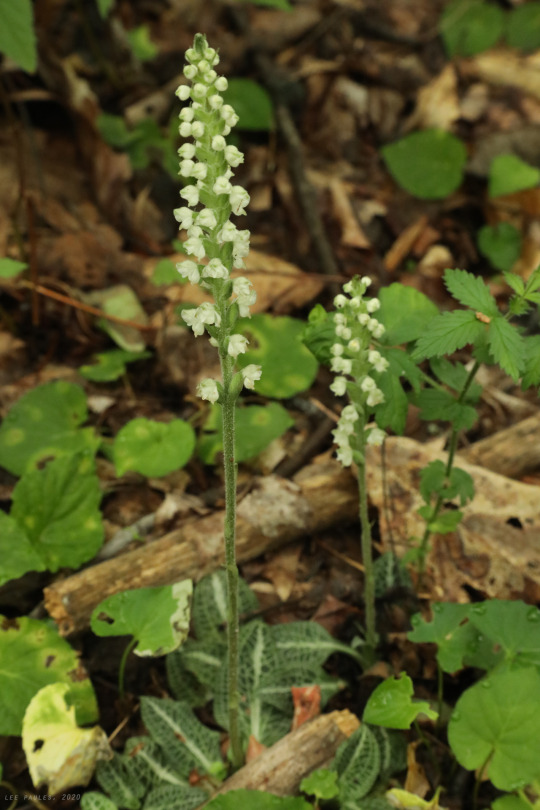
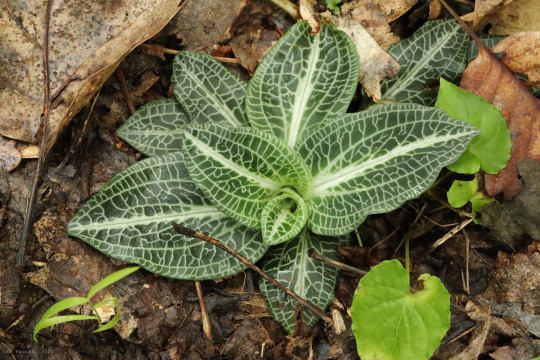

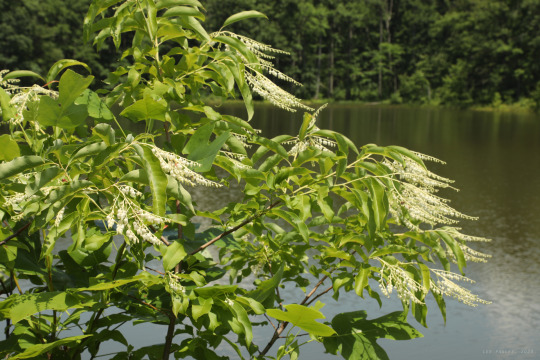



A hike in Appalachia’s summer woods revolves around four basic themes: fungi, ferns, berries, and small woodland orchids. After the canopy closes, fungi and ferns dominate the forest floor, where very little light gets through. However, a few ambitious flowering plants generate just enough energy to bloom, among them: small green woodland orchid (Platanthera clavellata), also known as little club spur bog orchid; and downy rattlesnake plantain (Goodyera pubescens), whose stunning, reticulated leaf pattern is impossible to miss among the brown leaf matter. Berry-producing plants, such as lowbush blueberry (Vaccinium angustifolium), provide much-needed sustenance for wildlife this time of year. And higher up in the canopy, the clustered, drooping, bell-shaped flowers of sourwood (Oxydendrum arboreum) perform an acrobatic display, a prelude to the fiery scarlet foliage that follows in the autumn. All photos taken at Coopers Rock State Forest.
#appalachia#vandalia#west virginia#summer#flora#wildflowers#fungi#platanthera#small green woodland orchid#little club spur bog orchid#goodyera#downy rattlesnake plantain#vaccinium#lowbush blueberry#oxydendrum#sourwood#ferns#amanita#cokers amanita#bolete#butter-foot bolete#coopers rock state forest
270 notes
·
View notes
Photo
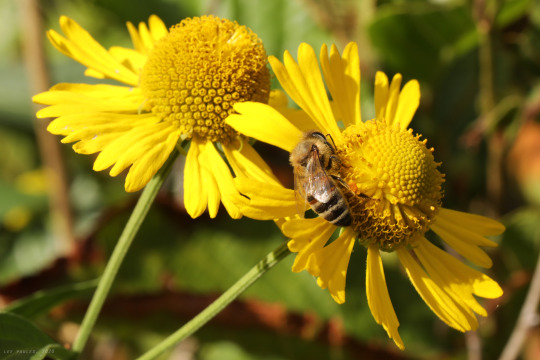

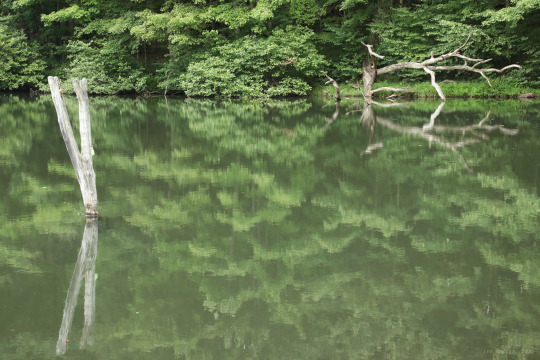
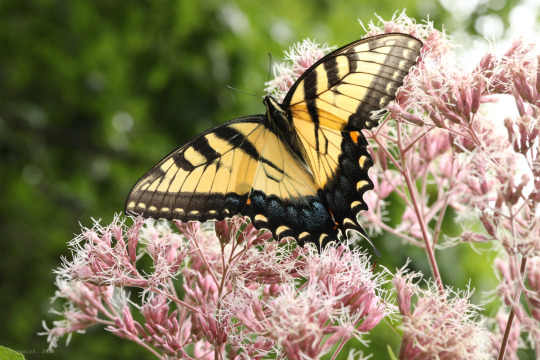

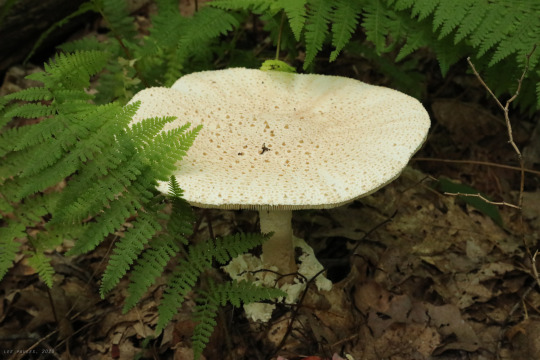
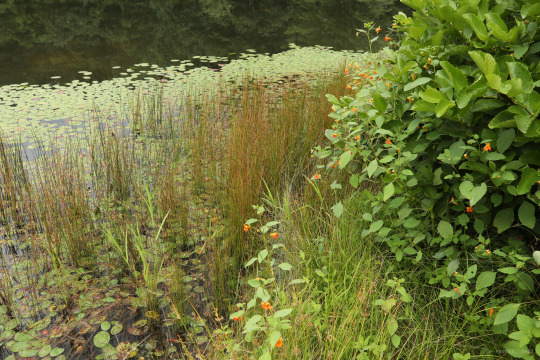

Appalachian summer.
#appalachia#vandalia#west virginia#flora#summer#wildflowers#fungi#cokers amanita#lepidoptera#butterfly#eastern tiger swallowtail#papilio#helenium#common sneezeweed#eutrochium#joe pye weed#aureolaria#smooth false foxglove#impatiens#orange jewelweed#coopers rock state forest
221 notes
·
View notes
Photo
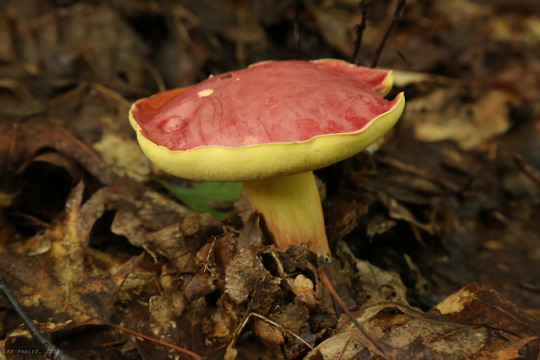

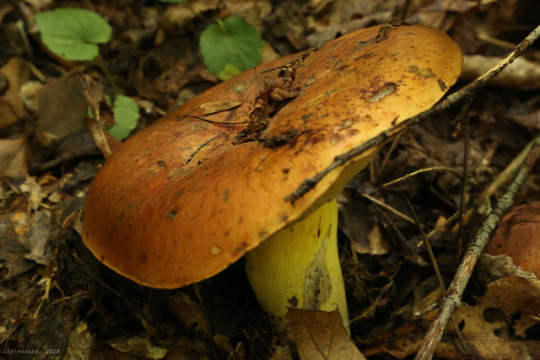

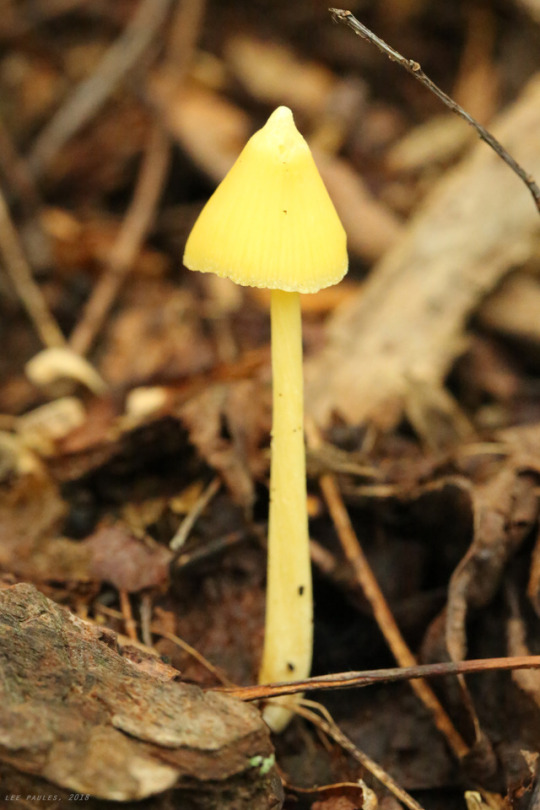
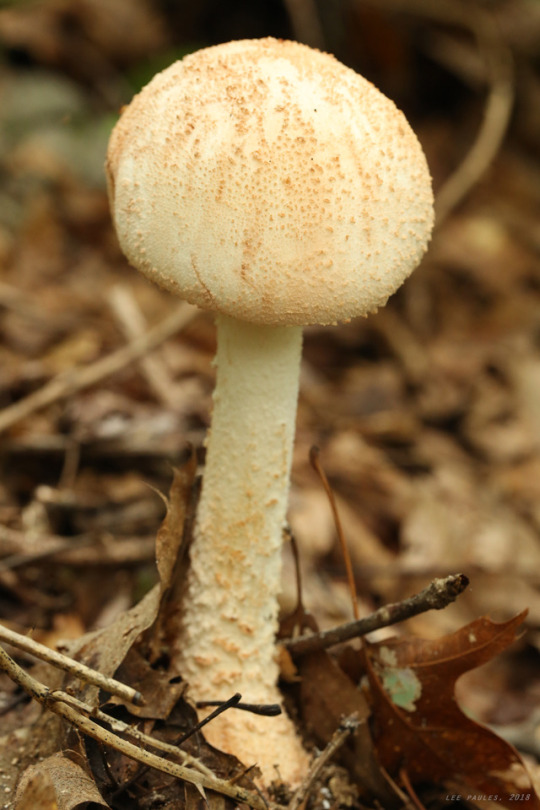
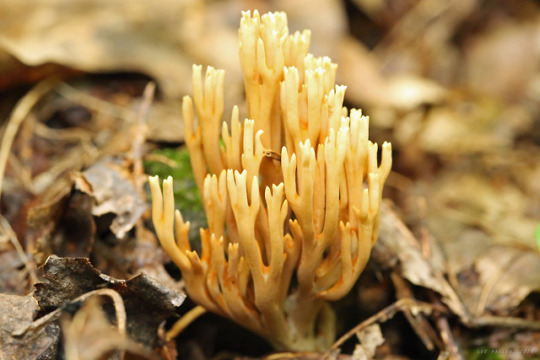
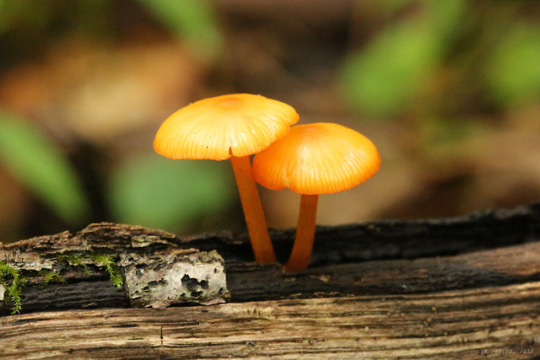
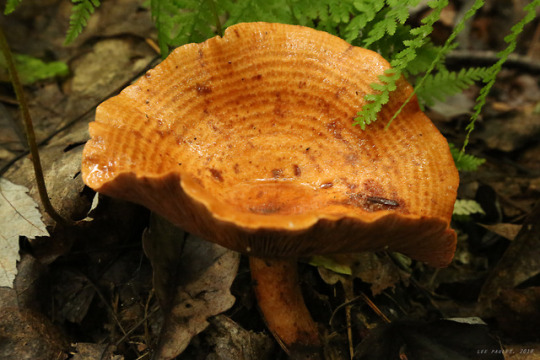
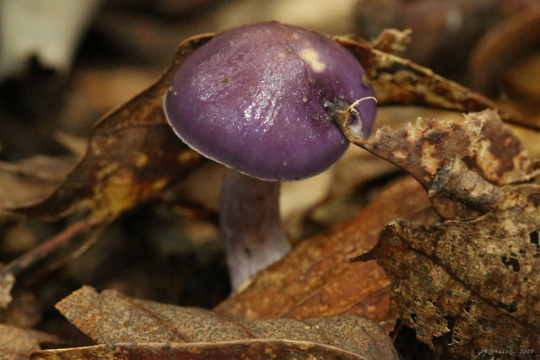
I’m making a serious effort this summer to learn how to identify fungi, but I’m also discovering why mycologists are so rare and prized - many mushrooms species can’t be positively identified by their physical appearances alone. And if you happen to enjoy eating wild mushrooms (as I do), it’s an awfully good idea to know precisely what type of fungus you’re about to put in your mouth. A handful of species will shut down your liver and kidneys faster than you can say, “vegan mushroom stew”. Before I get started, I strongly advise anyone interested in learning more about Appalachia’s rich bounty of mushrooms to get hold of a copy of William C. Roody's wonderful field guide, “Mushrooms of West Virginia and the Central Appalachians”; it’s my go-to reference on the subject. The photos above were taken yesterday during a hike through Coopers Rock State Forest, near Morgantown, West Virginia. From the top and left to right (remembering that I’m a myco-noob and prone to error, please):
1 & 2. Two-colored bolete (Boletus bicolor);
3. Butter-foot bolete (Boletus auripes);
4. No common name (Russula flavisiccans);
5. Yellow unicorn entoloma (Entoloma murrayi);
6. Coker’s amanita (Amanita cokeri);
7. Crown-tipped coral (Artomyces pyxidatus);
8. Orange or Lea’s mycena (Mycena leaiana);
9. Not sure about this one - possibly brown roll-rim, but class is still in session; and
10. Pale violet bitter bolete (Tylopilus plumbeoviolaceus).
More to come as I finish my homework . . .
#appalachia#vandalia#west virginia#fungi#fungus#mushrooms#bolete#russula#boletus#coopers rock state forest#nature#amanita#mycena#entoloma
21 notes
·
View notes
